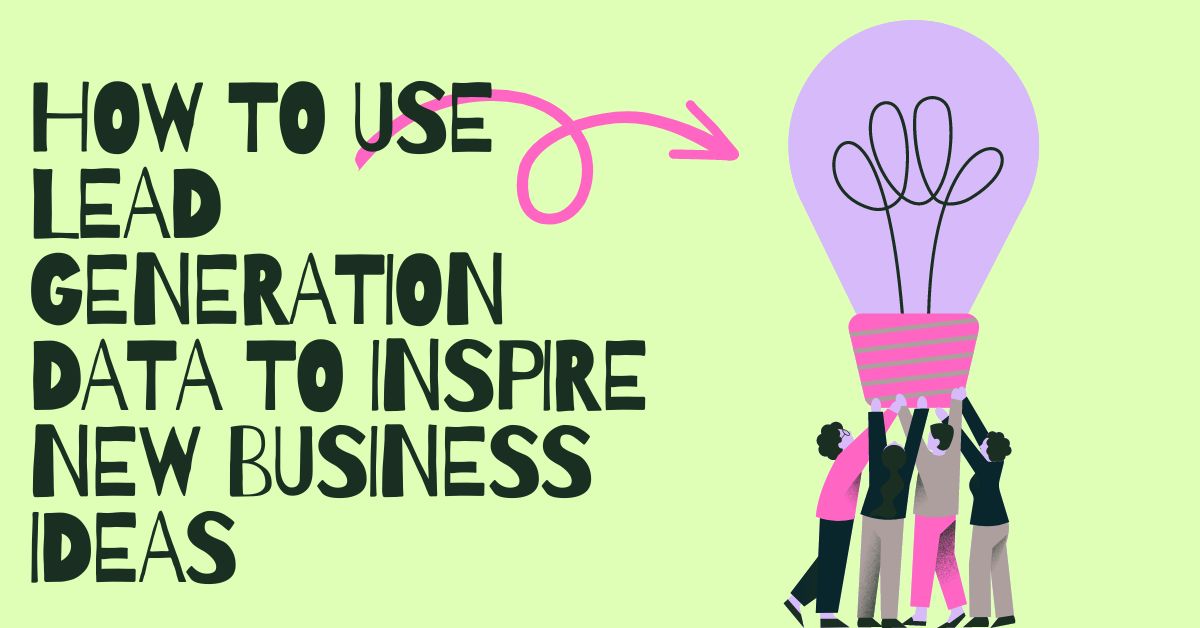Certainly! Using lead generation data to inspire new business ideas can be a game-changer for entrepreneurs and established businesses alike. Here’s a step-by-step guide to turn raw data into actionable, innovative ideas:
1. Analyze Your Lead Data
Start by diving into the data you’ve collected. Look at metrics such as:
- Demographics: Age, gender, location, and occupation of your leads.
- Behavioral Patterns: How leads found you, what actions they took, and their level of engagement.
- Interests and Pain Points: What problems they’re looking to solve or what they’re interested in.
2. Identify Trends and Patterns
Once you have a good grasp of the data, identify recurring themes or patterns. For instance:
- Common Pain Points: If many leads are mentioning a specific problem, this could signal a gap in the market.
- Popular Features: If certain features or services are frequently highlighted, these might be areas where there’s growing interest.
- Geographic Trends: Regional variations can reveal opportunities for localized solutions or services.
3. Segment Your Audience
Break down your leads into different segments based on their characteristics and behaviors. This can help you:
- Tailor Your Approach: Develop specialized products or services that cater to each segment’s unique needs.
- Create Targeted Campaigns: Design marketing strategies that resonate with specific groups.
4. Brainstorm Solutions
Use the insights gained from your data to brainstorm potential solutions. For example:
- Product Innovation: If leads are frequently asking for a feature you don’t offer, consider developing it.
- Service Enhancements: Improve or add services that address the common challenges your leads face.
- New Market Opportunities: Discover untapped markets or niches based on emerging trends in your data.
5. Validate Your Ideas
Before diving into full-scale development, test your ideas with a smaller segment of your audience. This can be done through:
- Surveys and Feedback: Collect opinions from a sample group to gauge interest and feasibility.
- Prototypes and Pilots: Develop a basic version of your idea and see how it performs in the real world.
6. Refine and Iterate
Based on feedback and initial results, refine your ideas to better meet your audience’s needs. Iterate on your concepts to enhance their appeal and effectiveness.
7. Implement and Monitor
Once you’ve fine-tuned your new business idea, roll it out and closely monitor its performance. Keep tracking lead generation data to see how well the new idea resonates with your audience and make adjustments as needed.
8. Learn and Evolve
Continuous learning is key. Use ongoing data to stay updated on changing trends and evolving needs. Regularly revisit your lead generation data to inspire future innovations and keep your business ahead of the curve.
By effectively leveraging lead generation data, you can transform insights into actionable ideas, driving growth and staying competitive in your industry.
